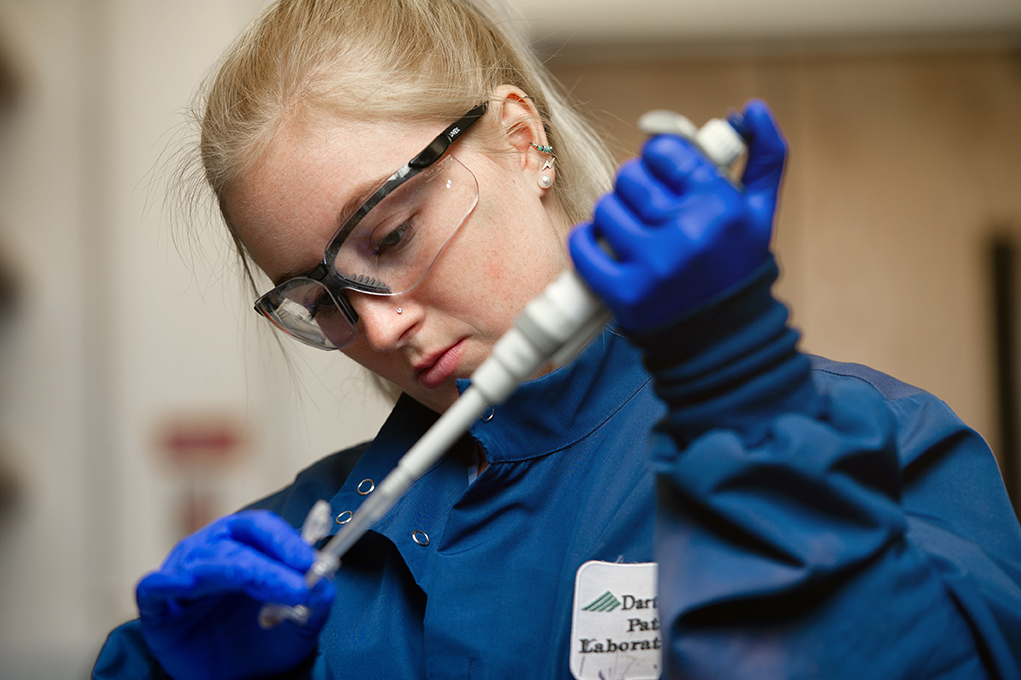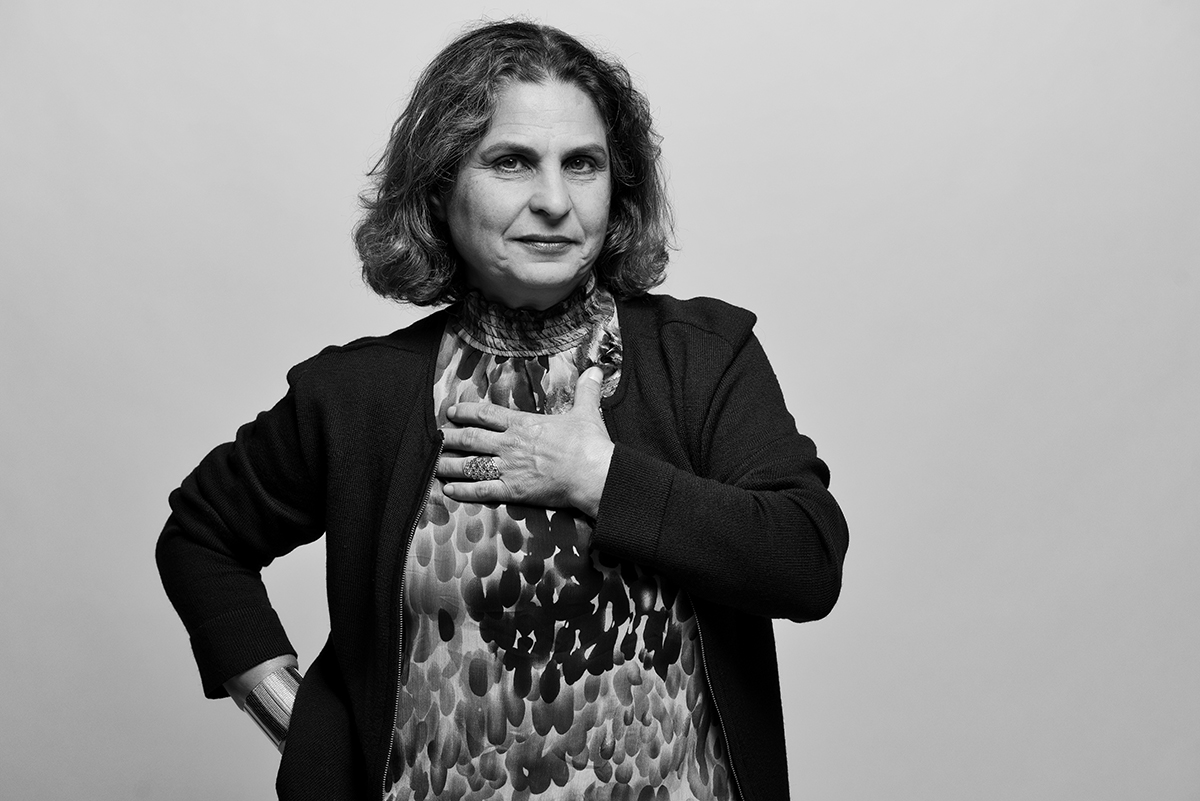
Ready to level up your content game? Craft a killer content calendar to keep your audience hooked. Streamline content creation, ensure a steady flow of engaging material, and support your brand’s marketing objectives with these five steps.
- Set Goals, Win Big: Nail down your content goals from the get-go. Targeting brand awareness, social media engagement, or website traffic? Your objectives guide your content, and professional photography and videos will make it pop.
- Themes and Topics, Front and Center: Jot down themes and topics that resonate with your audience. Align them with your brand, industry, and target interests (yes, we can help with that!). A bit of preparation guarantees a stream of impactful photo and video projects.
- Variety is Key. Mix it up: Combine evergreen, timely, and promotional content. Showcase your brand’s different facets and keep your audience coming back for more.
- Schedule Like a Pro: Map out your content release schedule. Consider the best days, times, and platforms for each post. Advance planning means you have time for targeted photography and video shoots, ensuring high-quality visual assets to accompany your content. Three planning tools we’ve used here at Fitzgerald Photo—good for individuals and for teams—include Trello, Asana and Google Workspace (formerly G Suite).
- Adapt and Thrive: There’s no ‘set it and forget it’. Review and update your editorial calendar regularly. Analyze past content, tweak your approach, and plan for new projects. A dynamic calendar helps you stay aligned with your marketing goals while generating demand for the things you do and the ‘stuff’ you sell.
Follow these five steps to create an unbeatable content calendar. Your audience will be captivated, and your well-crafted and thought-out visuals will get the attention your brand deserves.
–30–

















